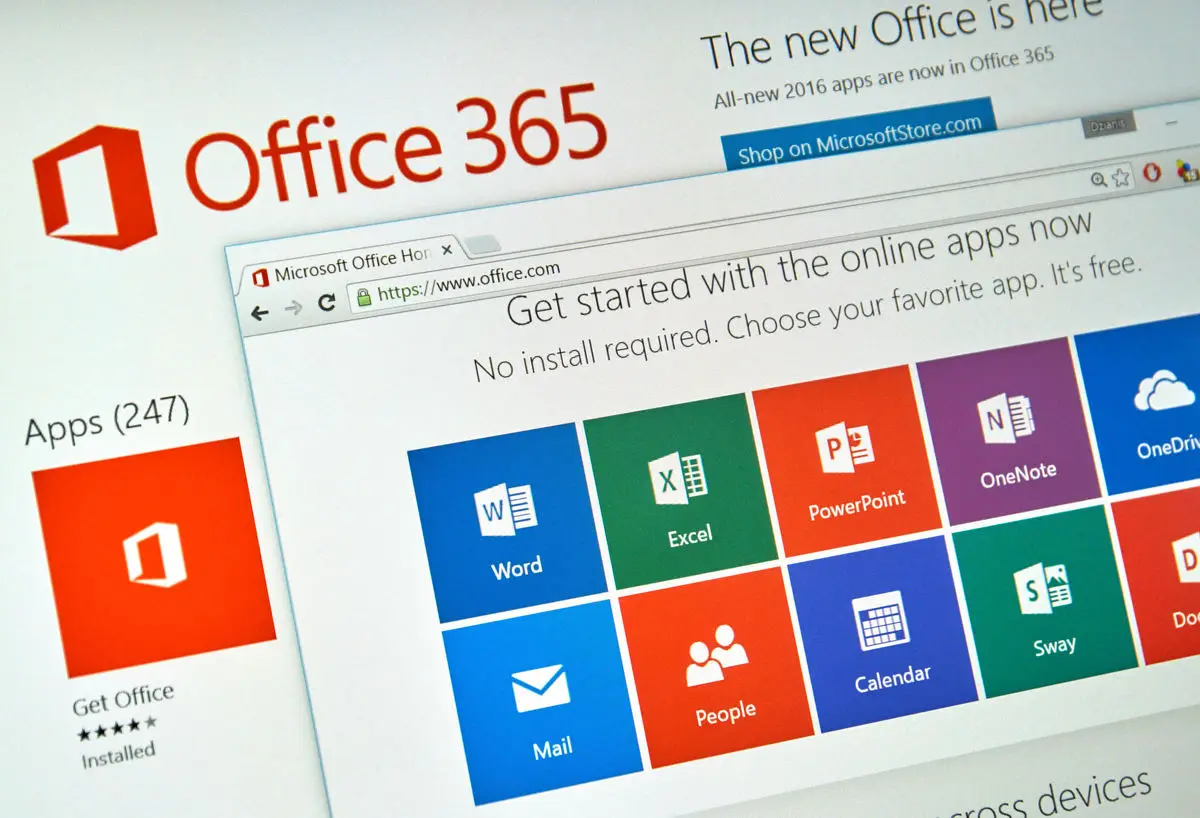Businesses and organizations using Microsoft 365 should be aware of the security features the suite comes with. Although Microsoft isn’t responsible for internal data loss prevention, they are fully responsible for stopping external factors. On the other hand, data handling is another area where your organization is responsible.
So, what does that essentially means? Well, it means Microsoft offers several security features aimed at stopping external players from gaining access to your systems. In addition, Microsoft 365 security features are fully capable of protecting your digital environment. But what are the essential Office 365 security features in every business should use?
This guide will cover exactly that. So, with all that said, let’s discuss the essential Microsoft cloud app security features available for tenants and administrators.
Multi-Factor Authentication
The first security feature we will talk about is multi-factor authentication. The feature aims to prevent unauthorized access to your Office 365 account. MFA adds a layer of security by requesting a code every time you log in to your account. However, instead of a code, you can also use biometrics or a dongle to finish the log-in process.
Office 365 users have two options for multi-factor authentication: basic Office 365 MFA and Azure MFA. The latter is an add-on and will cost more.
What MFA promises is to protect company data by preventing malicious actors from gaining access to your work account. MFA is an important feature in today’s cyberspace and integral for protecting sensitive data.
Mobile Device Management
Some companies have a BYOD (bring your own device) policy. In contrast, others have a “company-issued mobile devices” policy specifically for tasks such as checking email messages and using other Microsoft cloud apps. Regardless, compromising mobile devices is the easiest way for a malicious actor to gain access to company data.
Hackers do this by targeting employees’ email accounts. They will send out emails containing malicious links in hopes of the employee opening the link and compromising the device. Through the device, the hacker has a gateway to your network and, thus, access to all corporate data.
But thanks to Microsoft Intune, an add-on for the Office suite, companies have greater access management control and visibility over employee data handling through devices. Microsoft Intune is part of Office 365 and a form of cloud access security broker that adds extra security features to address security gaps.
Microsoft Intune is an extra tool available for M365 F3, F1, E3, E5, and several additional licenses. Companies can install the tool on corporate smartphones and the devices of employees. It’s important to mention that Microsoft Intune can monitor only corporate data on Microsoft applications. This becomes a priority as employees are likely to be accessing company data through external devices.
Advanced Threat Protection (ATP)
If you want to protect your organization from malicious actors and have complete visibility over malicious activity, advanced threat protection is the security feature to pay attention to the most.
ATP is a highly popular feature and is considered a “must-have” due to the rise of ransomware. Ransomware is a dangerous malware that locks you out of your system, steals data, and requires the victim to pay a ransom to gain access back to the system. Ransomware attacks are mostly carried out through email in the form of malicious links or attachments.
ATP is yet another Office 365 email security solution for additional protection. ATP works by monitoring endpoints and issuing security alerts to your cybersecurity teams of emerging threats. The primary goal of ATP is to monitor malicious activity. A secondary role is to stop the threat from harming your organization.
With ATP, businesses and organizations can protect sensitive information (social security numbers, health records) and crucial business data from getting into the hands of hackers and malicious actors.
Email Encryption
Most businesses communicate internally and externally through email. So, it becomes a priority to protect email communications. One way to do that is through a native Office 365 email security feature called email encryption.
Email encryption protects email communications and prevents malicious actors from accessing crucial emails. Email encryption works very simply. Your employees each get encryption and decryption keys (available through Outlook).
Every time your employees send emails containing crucial business data, they can use the encryption key to encrypt the email and make it non-readable. Then, the intended email user will use their decryption key to decrypt the email.
Office message encryption for email is one of the many built-in security features of Microsoft 365 that control access to email communications.
Conclusion
Using the native Microsoft 365 security features is one of the best ways to protect your business from external factors. On top of that, you can implement policies that mitigate external risks in the form of privileged identity management policies, safe attachment protection policies, anti-phishing protection policies, and policies where admins use a separate user account for data-related tasks.
What’s important is that businesses and organizations are aware of the essential Microsoft 365 security features and use them for maximum protection.

